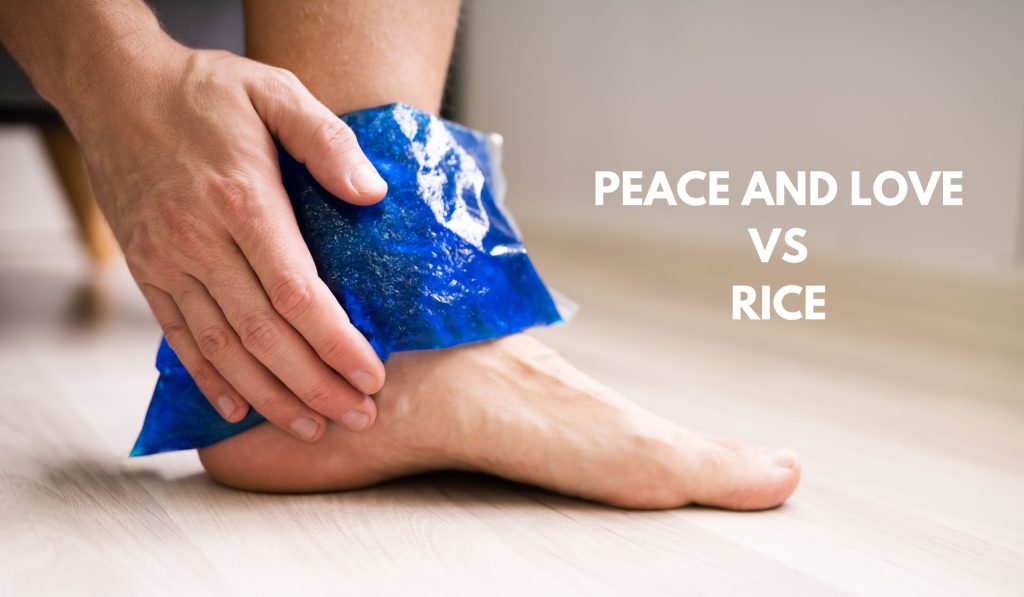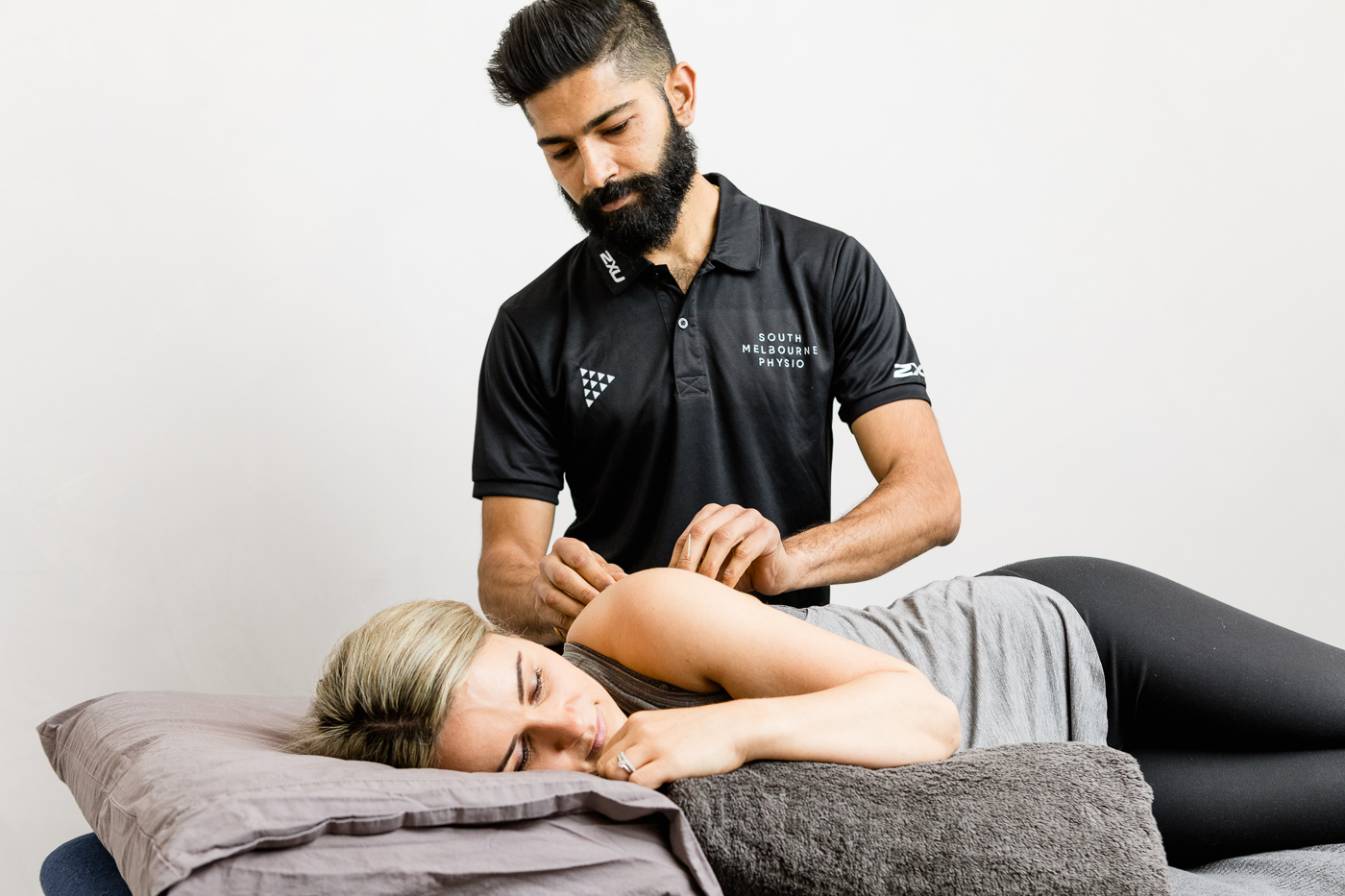Soft tissue injuries simply need PEACE and LOVE

Over the years, the treatment of soft tissue injuries has evolved dramatically – from ICE to RICE, then PRICE, and even POLICE. With so many acronyms floating around, it’s no wonder there’s confusion about the best approach.
Picture this: an athlete rolls their ankle. One trainer uses RICE, another follows POLICE, and a third swears by PEACE and LOVE. So which one is right?
Let’s clear it up: PEACE and LOVE is now considered the most complete and evidence-based framework for managing soft tissue injuries, from the initial injury through long-term recovery. Unlike older protocols, it accounts for both the acute and subacute/chronic stages of healing – something earlier acronyms fail to address.
Why PEACE and LOVE?
- PEACE focuses on the first few days post-injury – what to do immediately after you get hurt.
- LOVE takes over in the days and weeks that follow, supporting long-term healing and return to activity.
What does PEACE and LOVE stand for?
PEACE for the first few days following the injury
P for Protect
Protection involves unloading or restricting movement for 1–3 days to minimise bleeding, prevent worsening of injured fibres, and reduce the risk of aggravating the injury. However, it’s important to note that rest should be kept to a minimum as prolonged rest can compromise tissue strength and quality. Use pain as your guide to know when to stop the protection phase.
E for Elevate
Elevating the injured limb above heart level is recommended to help reduce swelling.
A for Avoid Anti-inflammatories
Research suggests that anti-inflammatories should not be used in the initial treatment of soft tissue injuries. Although they may help with pain and function, they can have potentially harmful effects on optimal tissue repair. This also applies to ice, which may delay the natural healing process. In short, if the pain is tolerable without ice or anti-inflammatories, that’s the preferred approach.
C for Compress
Compression – such as with tape or bandages – is recommended to help manage swelling and provide gentle support to the injured area.
E for Educate
Education is key! During recovery, it’s crucial to understand that active approaches are far more effective than passive ones. This means you should prioritise early loading and therapeutic exercise over passive treatments like electrotherapy, manual therapy, or acupuncture.
LOVE – after the first few days of recovery
L for Load
Load should be introduced early. Resume normal daily activities as soon as symptoms allow. Early loading promotes tissue repair, strength, and functional recovery.
O for Optimism
Don’t lose hope! Studies show that individuals who are optimistic about their recovery tend to have better outcomes and return to activity or sport sooner.
V for Vascularisation
Engage in pain-free aerobic activity as early as possible to stimulate blood flow and promote healing. Examples include light walking, swimming, or cycling on a stationary bike.
E for Exercise
Exercise plays a key role in treating soft tissue injuries like ankle sprains. It helps restore mobility, strength, and proprioception, all of which reduce the risk of reinjury and support a quicker return to sport or daily activity.
Final thoughts
PEACE and LOVE protocol has been around since 2019, yet many people – athletes, parents, coaches, and even some clinicians – still default to outdated methods. It’s up to us to spread the word and support recovery with the latest evidence.
So next time you or someone you know suffers a soft tissue injury, skip the ice and reach for a little PEACE and LOVE – and don’t forget to book in with a physiotherapist at South Melbourne Physio to help guide you through each stage of your recovery with expert support.
Reference
Dubois, B & Esculie, J. Soft-tissue injuries simply need PEACE and LOVE. British Journal
of Sports Medicine 2020;54:72-73.














